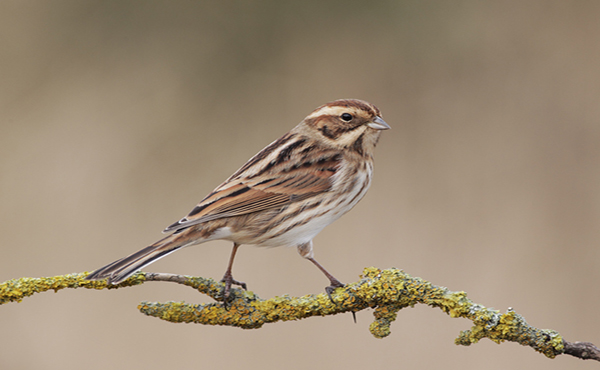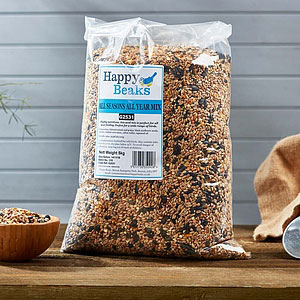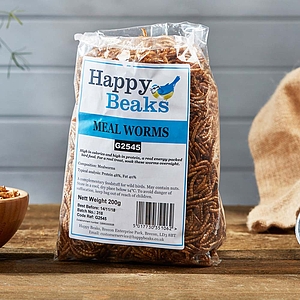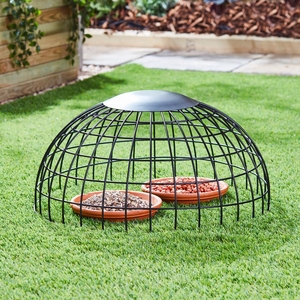
Reed Bunting
Despite their name, reed buntings live a variety of habitats and are visitors to our gardens from early winter to late spring.
Identification
Similar in both size and appearance to a house sparrow, reed buntings are identifiable by their streaked brown upperparts and white outer tail feathers. They also have dark brown legs and bills.
Feeding
Reed buntings most commonly feed on insects, however they will visit garden bird tables and feeders if provided with seeds to snack on.
Breeding
Raising their young in nests constructed from grass and moss, usually built on the ground amongst reeds and grasses in wet, marshy areas, the female reed bunting will lay between 4-7 pale lilac eggs which are incubated for 12-14 days.
Did you know?
If a predator comes within close proximity of their nest, a reed bunting will feign injury in an attempt to draw them away from where the nest is hidden.
Often mistaken with...
Female reed buntings are easy to confuse with house sparrows, however they have a distinctive white outer tail feather which is particularly visible during flight.
Perfect for the Reed Bunting...
5 Options From £7.95
4 Options From £4.95
Squirrel Proof Ground Feeding Haven
Just £34.99





